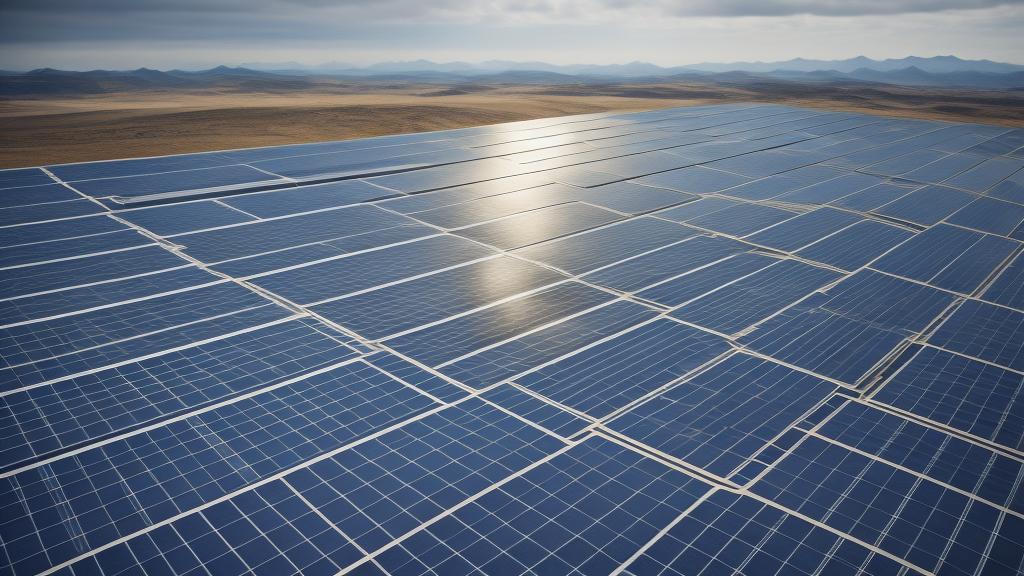In the midst of a global push towards cleaner energy sources, there's an often overlooked hero of the story—localized renewable energy grids. As our society becomes more aware of the environmental impact of large, centralized energy production, these microgrids are becoming a key solution for reducing carbon footprints and improving energy efficiency.
Localized renewable energy grids, or microgrids, are small-scale power networks that operate independently or in conjunction with the main power grid. They utilize renewable energy sources such as solar, wind, and bioenergy to generate electricity closer to the point of consumption. This not only decreases transmission losses but also enhances the reliability and resilience of the energy supply.
Take, for instance, the community of Borrego Springs in California. Faced with frequent power outages due to its remote location, the town deployed a microgrid that combines solar panels, battery storage, and traditional generators. The result? A more reliable power supply and a community that can maintain operations even when the main grid fails.
Another example is New York City's effort to create a network of microgrids as part of its aim to become a more sustainable and resilient city. These microgrids are designed to support critical infrastructure such as hospitals, police stations, and emergency shelters during power outages, while also reducing greenhouse gas emissions.
But the benefits of these localized systems go beyond just reliability and environmental impact. They can also lead to significant economic benefits. By generating power locally, communities can reduce their dependence on imported fossil fuels, keeping energy dollars within the local economy. This can drive job creation and stimulate local businesses.
The technology behind microgrids is evolving rapidly. Advances in smart grid technology, energy storage, and renewable power generation are making these systems more affordable and efficient than ever before. Smart grid technologies allow for real-time monitoring and management of energy flows, optimizing the balance between supply and demand. Energy storage systems, such as advanced batteries, enable the storage of excess renewable energy for use during periods of high demand or low generation.
Of course, there are challenges to widespread adoption. Regulatory hurdles, financing issues, and technical complexities can all pose barriers. However, with the right policies and incentives, these obstacles can be overcome. Governments and utility companies are increasingly recognizing the potential of microgrids and are beginning to implement measures to support their development.
For example, the state of California has set ambitious targets for increasing the deployment of microgrids, providing grants and other financial incentives for their development. Similarly, the European Union's Clean Energy Package includes measures to support the creation of local energy communities and microgrids.
Public awareness and acceptance are also crucial. Local communities need to understand the benefits and capabilities of microgrids in order to support their implementation. This requires effective communication and education campaigns, as well as opportunities for community engagement and participation in energy planning processes.
In conclusion, localized renewable energy grids represent a promising path forward in our quest for a more sustainable and resilient energy future. By generating power closer to where it's used, reducing reliance on fossil fuels, and enhancing the flexibility and reliability of our energy systems, these microgrids offer a model for how we can transition to a cleaner, more sustainable energy future.
The journey towards widespread adoption of microgrids will not be without its challenges, but the potential benefits are too significant to ignore. As technology continues to advance and more communities embrace this innovative approach, the dream of a decentralized, sustainable energy system is becoming increasingly attainable.
The hidden power of localized renewable energy grids

